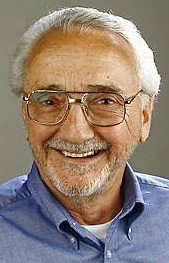 |
RANDY STAPILUS Oregon |
Maybe states should do this every so often: Consider the people whose visages grace the statuary at the U.S. Capitol, and whether there might be better choices.
Oregon is doing that now, by way of a panel selected by the governor (see the Culture section), reconsidering whether the state's two representatives at the nation's capitol ought to be John McLaughlin annd Jason Lee.
McLoughlin seems a logical enough choice, even he was in Oregon as head of the British-based Hudson's Bay Company; he eventually helped Americans organize the area and has been called the “Father of Oregon.”
Lee, though, was a missionary who played a significant but not decisive role in the early development of Oregon. Even a century ago better choices could be made.
If Lee is to be replaced – and let's say the betting might reasonably run that way – who should take his spot?
Right now, the inside track may go to Mark Hatfield, the former governor and senator who served as a Republican but for many years has been pointed out by people in both major parties as an exemplar of Oregonian public service. His relatively recent death would make him a sentimental favorite too.
A couple of other choices, at least, might also get some consideration.
Probably Oregon's best-known political figure of the last few generations, even more than Hatfield, is Tom McCall, the flamboyant governor more controversial in his own time than many people remember now, but can fairly be pointed out as an innovator and true leader. Some of what people think they recall about McCall doesn't hold up perfectly to scrunity – he had less, for example, to do with the state's bottle bill than many now would suspect – but what he stood for matches up well with the way Oregon likes to present itself.
Or you could back a little further, to early in the 20th century, and seize on a man who never held a major public office but changed the state's politics and political outlook more than many who did.
William U'Ren was a legislator, but he did his major work as an activist, pushing through the initiative and referendum (often called the “Oregon system”) and a list of other reforms.
Oregon has some good choices for the capitol, if it chooses to make them.




